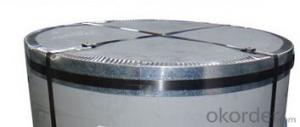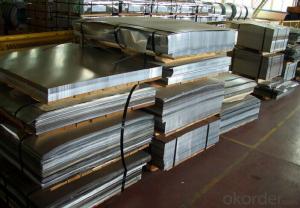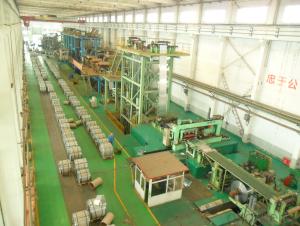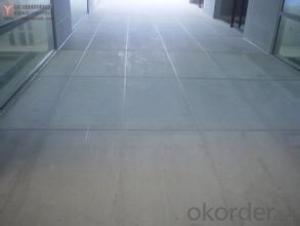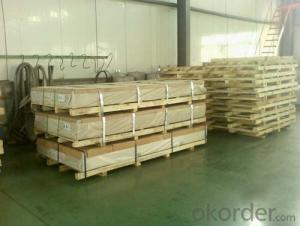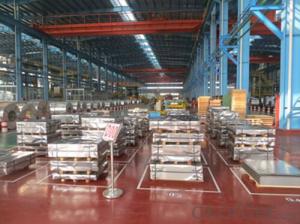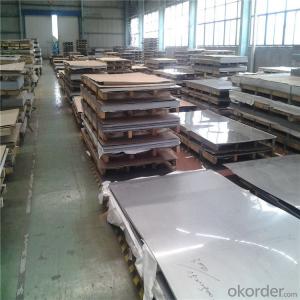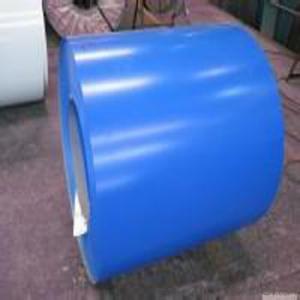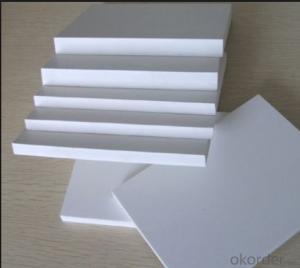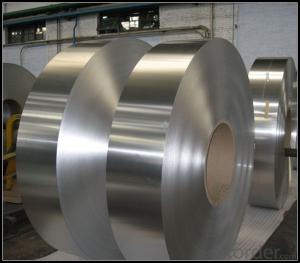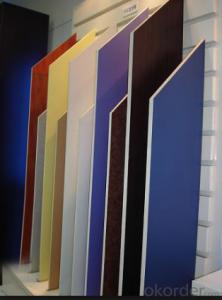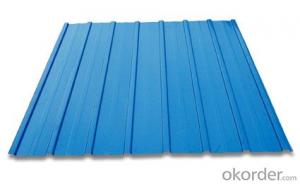4X8 Tin Sheets
4X8 Tin Sheets Related Searches
Aluminum Plate With Holes Fridge With Freezer On Bottom Bathrooms With Vessel Sinks Blu Ray Player With Speakers Lenses Compatible With Canon Stainless Steel Pepper Mill Light Bond Plus Aluminum Transparent Roofing Sheets In Sri Lanka 24 X 50' Aluminum Trim Coil Aluminum Trim Coil 24 X 50Hot Searches
Plastic Sheets For Sale Eps Foam Sheets For Sale Grp Sheets For Sale Granite Sheets For Sale Styrofoam Sheets For Sale Starboard Sheets For Sale Styrofoam Insulation Sheets Price 8X4 Plywood Sheets Price Aluminium Scaffold Planks Sale Aluminium Walkway Mesh Prices Precast Concrete Walls Cost Buy Roofing Sheets Online Plywood Sheets Prices Melamine Laminate Sheets Suppliers Hpl Sheets Suppliers Buy Cubicle Walls 1 8 Aluminum Plate Home Depot 1/2 Inch Aluminum Plate Near Me 1/4 Inch Aluminum Plate Near Me Aluminum Trim Coil Near Me4X8 Tin Sheets Supplier & Manufacturer from China
Okorder.com is a professional 4X8 Tin Sheets supplier & manufacturer, offers integrated one-stop services including real-time quoting and online cargo tracking. We are funded by CNBM Group, a Fortune 500 enterprise and the largest 4X8 Tin Sheets firm in China.Hot Products
FAQ
- Yes, stainless steel sheets can be used for power generation equipment. Stainless steel is a highly durable and corrosion-resistant material, making it suitable for various applications in power generation, including turbine blades, heat exchangers, and electrical enclosures. Its high strength-to-weight ratio and resistance to extreme temperatures make it an ideal choice for reliable and long-lasting power generation equipment.
- What is the process of stainless steel mirror panel? What's the difference between them and stainless steel sand blasting plates?
- The 8K board, also called mirror panel, is polished on the surface of stainless steel by grinding fluid through polishing equipment, so that the surface of the plate is as clear as the mirror. Uses: mainly used in architectural decoration, elevator decoration, industrial decoration, facilities, decoration and other stainless steel products.
- Yes, stainless steel sheets are suitable for high-temperature environments. Stainless steel has excellent heat resistance properties, making it ideal for applications that involve exposure to elevated temperatures. It can withstand high temperatures without losing its structural integrity or corroding, making it a reliable choice for various industries such as aerospace, automotive, and manufacturing.
- Indeed, oil refineries find stainless steel sheets to be a suitable option. This is due to stainless steel's commendable resistance to corrosion, ability to withstand high temperatures, and durability. These qualities render it highly compatible with the harsh conditions encountered in oil refineries, where the presence of corrosive chemicals, elevated temperatures, and constant exposure to moisture can prove detrimental to alternative materials. Commonly utilized within oil refineries, stainless steel sheets serve various purposes such as storage tanks, pipelines, heat exchangers, and other equipment that necessitate corrosion resistance. Furthermore, the ease of cleaning and maintenance of stainless steel sheets plays a pivotal role in preserving the efficiency and functionality of equipment within oil refineries.
- To prevent rusting on stainless steel sheets, there are several steps you can take: 1. Keep the surface clean: Regularly clean the stainless steel sheets using a mild detergent or stainless steel cleaner. This will help remove any dirt, grime, or contaminants that could lead to corrosion. 2. Avoid abrasive cleaners: Avoid using harsh or abrasive cleaners, as they can scratch the surface of the stainless steel, making it more susceptible to rusting. Stick to non-abrasive cleaning solutions and soft cloths or sponges. 3. Remove rust promptly: If you notice any signs of rust on the stainless steel sheets, it is important to address it immediately. Use a stainless steel cleaner or a mixture of vinegar and water to gently remove the rust. Rinse thoroughly and dry the surface afterwards. 4. Protect against moisture: Stainless steel is resistant to rust, but it can still corrode in the presence of moisture. To prevent this, ensure that the stainless steel sheets are properly installed and sealed to protect against water or moisture infiltration. Avoid leaving standing water on the surface and promptly dry any spills or moisture. 5. Apply a protective coating: Consider applying a protective coating to the stainless steel sheets to provide an extra layer of protection against rust. There are various sealants and coatings available specifically designed for stainless steel that can help prevent corrosion. 6. Regular maintenance: Regularly inspect the stainless steel sheets for any signs of damage, rust, or corrosion. Address any issues promptly to prevent further damage. Additionally, perform routine cleaning and maintenance to keep the surface in optimal condition. By following these preventive measures, you can significantly reduce the chances of rusting on stainless steel sheets and maintain their longevity and aesthetic appeal.
- Architectural purposes often call for the use of various surface patterns on stainless steel sheets. These patterns are achieved through different techniques, resulting in distinct appearances. Here are some of the popular surface patterns: 1. Brushed: By using a fine abrasive material, the stainless steel sheet is brushed to create a smooth texture with visible brush lines in one direction. This sleek and contemporary pattern is widely favored. 2. Mirror: Achieved by polishing the stainless steel sheet to a high shine, the mirror surface pattern reflects light like an actual mirror. It is commonly chosen for applications where aesthetics and visual impact are important. 3. Embossed: The surface of embossed stainless steel sheets features a raised pattern or design. This is achieved by pressing the sheet between rollers engraved with a specific pattern. It adds texture and depth to architectural applications. 4. Perforated: Perforated stainless steel sheets have evenly distributed small holes or perforations. These can come in various shapes and sizes, allowing for airflow, light transmission, and decorative effects. Façades, screens, and decorative elements often utilize perforated stainless steel sheets. 5. Etched: Etched stainless steel sheets feature designs or patterns that are chemically etched onto the surface. An acid-resistant material is applied and then selectively removed with acid, leaving behind intricate and detailed designs. This pattern is ideal for artistic and decorative purposes. 6. Hammered: Hammered stainless steel sheets have a textured surface resembling hammered metal. This effect is achieved by using a special hammer or mallet to create indentations and surface irregularities. It adds a rustic and handcrafted look to architectural projects. These examples showcase the variety of stainless steel sheet surface patterns commonly used in architecture. Each pattern possesses its own visual and textural qualities, enabling designers and architects to choose the most suitable option for their specific project requirements.
- Yes, stainless steel sheets are highly suitable for water treatment plants. Stainless steel is known for its excellent corrosion resistance, which is crucial in water treatment facilities where the materials are constantly exposed to water and various chemicals. Stainless steel sheets are resistant to rust and corrosion caused by water, chlorine, chloramines, and other disinfectants commonly used in water treatment processes. Additionally, stainless steel is highly durable and can withstand high temperatures, making it ideal for use in water treatment plants where heat may be applied during certain treatment processes. Furthermore, stainless steel is hygienic and easy to clean, ensuring that the water remains free from any contaminants or impurities. Overall, stainless steel sheets are a reliable and long-lasting choice for water treatment plants due to their corrosion resistance, durability, and hygienic properties.
- Yes, stainless steel sheets are commonly used in food processing industries due to their excellent corrosion resistance, hygiene, and durability. The smooth and non-porous surface of stainless steel makes it easy to clean and maintain, ensuring sanitary conditions. Additionally, stainless steel is resistant to chemicals and can withstand high temperatures, making it suitable for various food processing applications such as equipment, storage tanks, and work surfaces.













